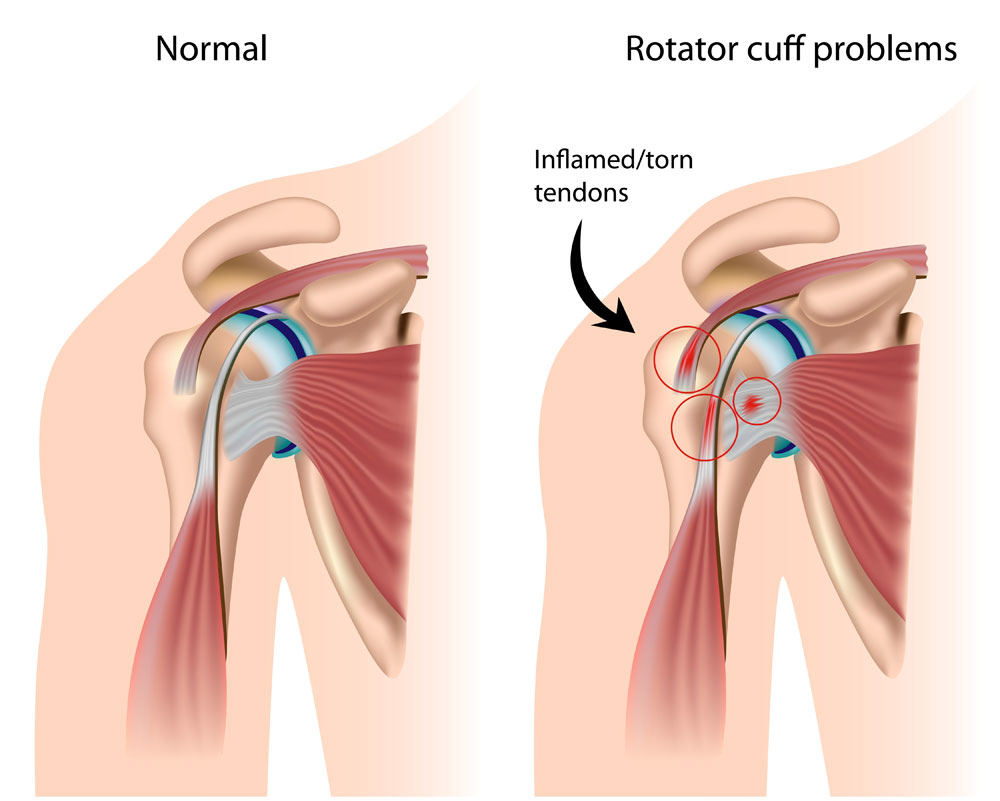A 2019 case study followed a 62-year old woman who suffered from chronic low back pain after two different back surgeries. She originally had surgery at 42 years old and again at 49 years old due to persistent pain post-surgery. She had been placed on 13 different medications to try to ease the pain over the course of those 20 years. After a chiropractic examination, she was diagnosed with scoliosis, dysautonomia (her autonomic nervous system was not functioning properly), and multiple vertebral subluxations (interferences of the nervous system in the spine). She underwent an initial 3 months of chiropractic corrective care, in which her low back pain decreased significantly and her scoliosis improved with a change in her scoliotic curve shown on post thermal scans and xrays. She was able to come off of her pain medications and reported a significant increase in her overall quality of life! She reported that for two decades she was unable to go through a single day without unmanageable pain at some point during her day, and after chiropractic care no longer went one day where the pain was not tolerable!
Chiropractic adjustments offer specific, gentle relief for patients looking to avoid medications and surgery and to keep their bodies operating at full potential! Have more questions on how chiropractic specifically treat back pain? We are here to help!
Yours in Health,
Dr. Nicholas J. Knutson, DC
Owner/Doctor
MOUNTAIN ISLAND CHIROPRACTIC
10917 Black Dog Ln., Suite 101
Charlotte, NC 28214
Tel (704) 394-8556
Fax (704) 395-8556
"If you laugh, you think, and you cry, that's a full day. That's a heck of a day. You do that seven days a week, you're going to have something special." JV
Lapham-Yaun, R., D.C., & Castro, K., D.C. (2019). Improved Spinal Alignment, Chronic Low Back Pain and Improved Quality of Life in a 62-year-old Patient Undergoing chiropractic Care Following Failed Surgical Syndrome: A Case Study & Review of the Literature. A. Vertebral Subluxation Res., 10-21.






